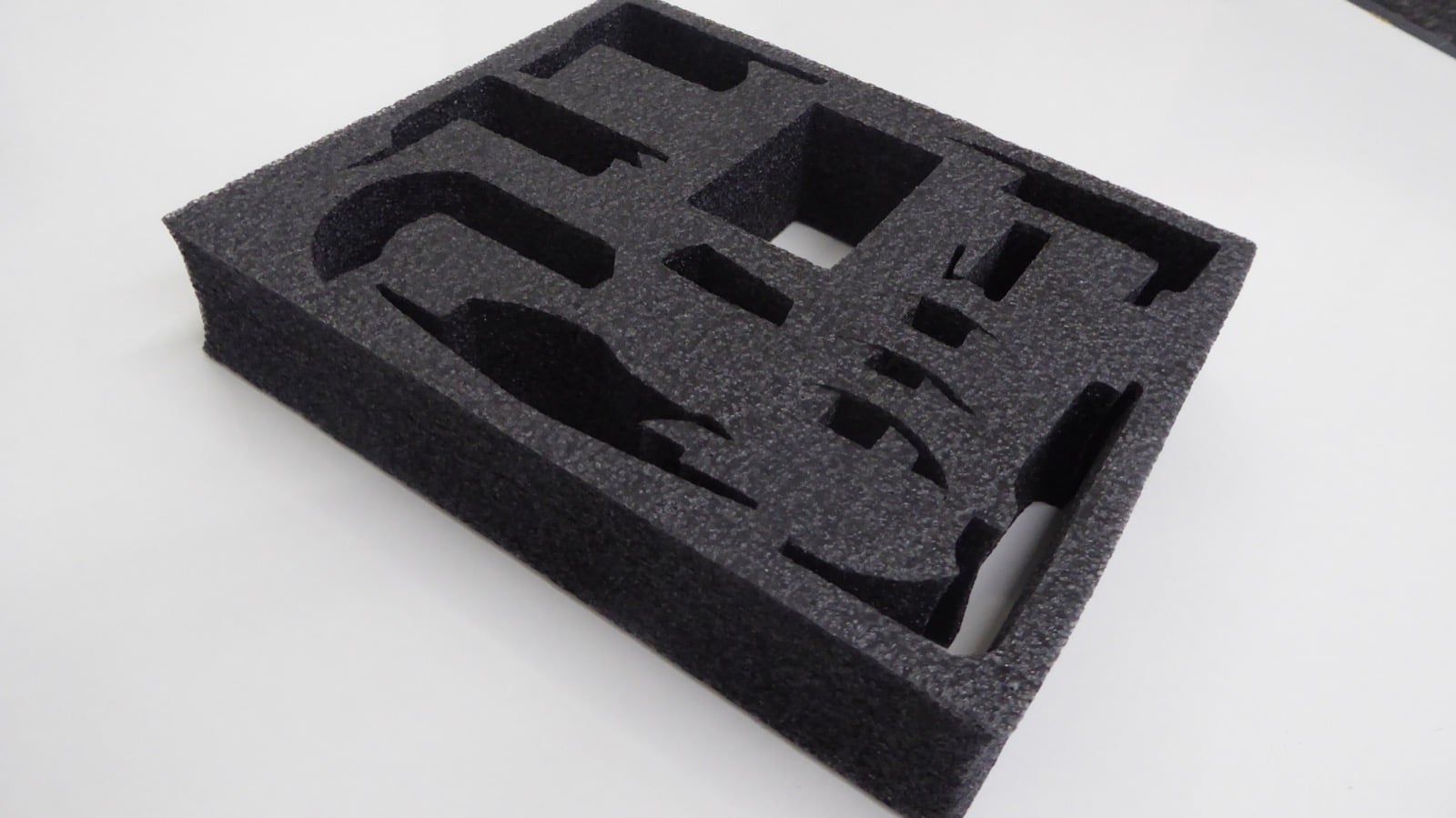Physical Address
304 North Cardinal St.
Dorchester Center, MA 02124
Physical Address
304 North Cardinal St.
Dorchester Center, MA 02124

Foam packaging plays a crucial role in various industries by providing a reliable and efficient solution for protecting delicate items during transit. From electronics to medical equipment, Foam packaging has become an integral part of the packaging landscape. In this article, we will explore the different types of foam packaging, its advantages, applications, environmental concerns, and innovations shaping the industry.
Foam packaging comes in various forms, each designed to cater to specific needs. The most common types include Expanded Polystyrene (EPS), Extruded Polystyrene (XPS), Polyethylene Foam, and Polyurethane Foam. Understanding the characteristics of each type is essential in selecting the right packaging solution for different products.
One of the key reasons foam packaging is widely adopted is its lightweight nature coupled with remarkable durability. The ability to absorb shocks effectively makes it an ideal choice for fragile items. Additionally, foam packaging offers excellent thermal insulation properties, providing an added layer of protection.
The versatility of foam packaging is evident in its applications across various industries. From safeguarding delicate electronic components to ensuring the safe transport of medical equipment, foam packaging plays a pivotal role in the food and beverage and automotive industries. Understanding its diverse applications helps businesses make informed decisions when choosing packaging solutions.
While foam packaging offers unparalleled protection, its environmental impact has raised concerns. The challenges of recycling and the persistence of foam in the environment have prompted the search for biodegradable alternatives. We will explore the current state of recycling in the foam packaging industry and the emergence of more sustainable options.
Selecting the appropriate foam packaging requires careful consideration of factors such as product fragility, customization options, and cost-effectiveness. A tailored approach to packaging ensures that products are not only protected but also presented in an appealing manner.
The industry is witnessing exciting innovations, including the integration of smart technologies into packaging solutions. Additionally, there is a growing emphasis on sustainable packaging initiatives, addressing both environmental concerns and consumer demands for eco-friendly alternatives.
Despite its widespread use, the foam packaging industry faces challenges, including regulatory compliance and evolving consumer preferences. Navigating these challenges is crucial for companies to stay competitive and ensure the continuous improvement of packaging solutions.
As technology continues to advance, the future of foam packaging looks promising. From innovations in materials to a focus on sustainable practices, we will explore the trends shaping the evolution of foam packaging in the coming years.
Ensuring the effectiveness of foam packaging goes beyond selecting the right material. Proper handling, storage, and a collaborative design approach contribute to the overall success of foam packaging solutions.
Companies play a vital role in educating consumers about the proper use and disposal of foam packaging. Increasing awareness of the environmental impact and promoting responsible practices contribute to a more sustainable approach to packaging.
In conclusion, foam packaging remains a cornerstone in ensuring the protection of delicate items during transit. While challenges persist, ongoing innovations and a commitment to sustainability promise a bright future for the foam packaging industry. Businesses must stay informed and adapt to emerging trends to provide effective and environmentally friendly packaging solutions.